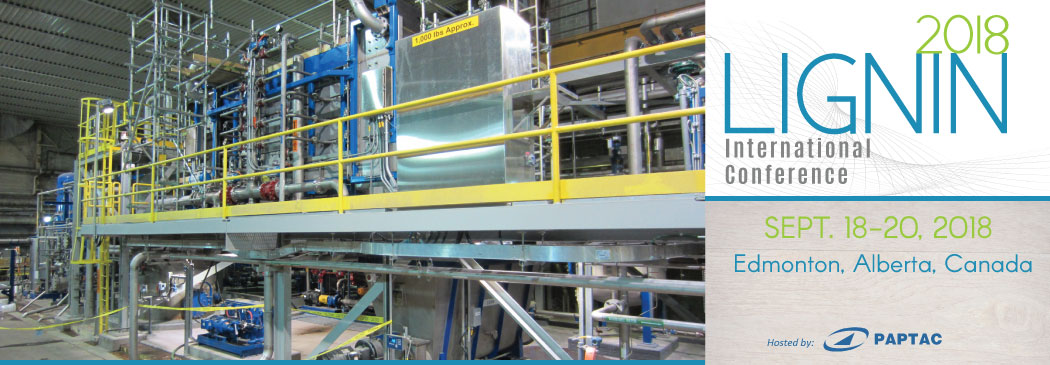
Lignin is an amorphous, three-dimensional polymer composed of phenyl propane units bonded together via several possible linkages. It is the most abundant renewable aromatic polymer on earth comprising 15-35 wt% of most plants. It serves as a cementing matrix between wood fibers, as a stiffening agent within fibers and as a barrier to the chemical or biological degradation of the carbohydrate components of cell walls. Despite its multiple useful functions in plants, lignin has not been utilized to any great extent in industrial applications largely because of its structural complexity and lack of availability in purified forms of consistent quality.
In the last 10 years, a resurgence in lignin interest has been observed in response to issues such as the depletion of petroleum resources, climate change and energy security. As a result of this renewed interest, several processes have been developed, demonstrated and/or implemented for the extraction of purified lignins from residual pulping liquors or other biomass processing operations. Furthermore, great progress has been made in elucidating lignin structure and reactivity as well as incorporating lignin as a component or additive in various industrial products or processes.

In the last 10 years, a resurgence in lignin interest has been observed in response to issues such as the depletion of petroleum resources, climate change and energy security. As a result of this renewed interest, several processes have been developed, demonstrated and/or implemented for the extraction of purified lignins from residual pulping liquors or other biomass processing operations. Furthermore, great progress has been made in elucidating lignin structure and reactivity as well as incorporating lignin as a component or additive in various industrial products or processes.

